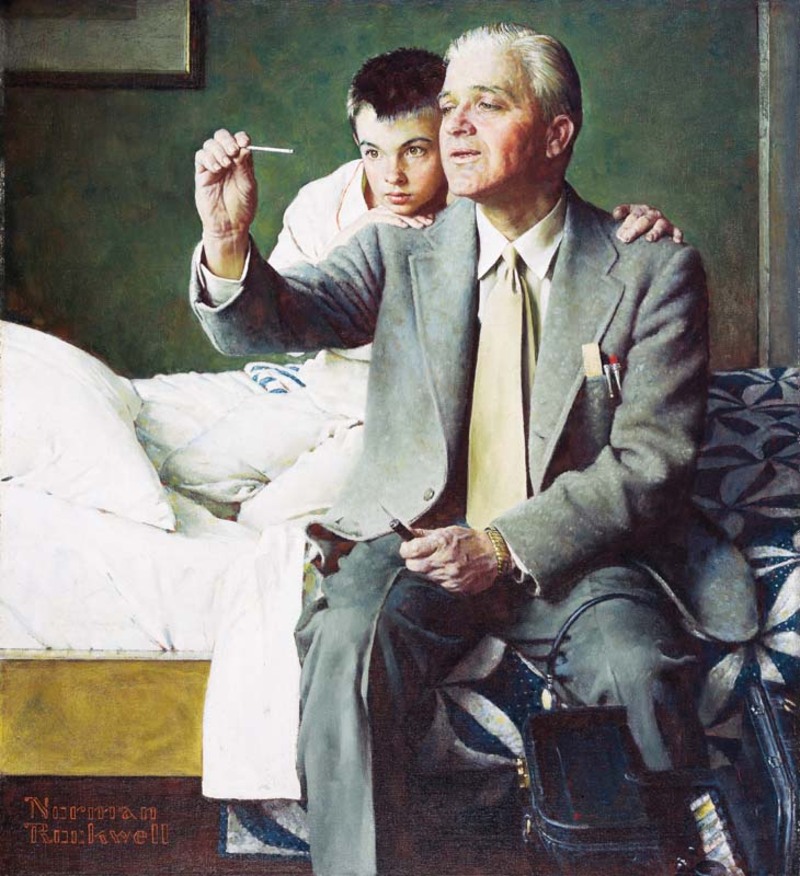
From time to time I review technical papers on mobility topics that range from artificial intelligence in autonomous driving to future mobility models.
Earlier today, I reviewed a paper describing a driver health monitoring system. The concept has been proposed in the past in various forms of sensors built into the steering wheel, the seat cushion or the back rest to monitor the driver’s vital signs and detect signs of stress or an impending heart attack or a stroke.
Setting aside the technical challenges in implementing such a system—which are numerous—my view of a health monitoring system built into car is similar to my point of view expressed in a previous blog post, in which I discuss vehicle-based payment applications.
Your vehicle health monitoring system is baselined and trained to watch your vital signs. But how about when you go on a business trip and drive a rental car? I guess a mechanism could be devised to quickly train and calibrate the system, but what if you forget to do it? What are the legal and ethical ramifications if someone else is driving your car and it fails to interpret the other driver’s vital signs faithfully?
Just as your car isn’t your wallet, your car shouldn’t be your health monitoring and management system.
Again, as I suggested in the previous article, the solution must be centered on the person, not the car.
There is a growing number of health and wellness monitoring systems on smartphones and wearable devices, and fast advances in wireless sensors will make these apps progressively more accurate and affordable. A new generation of small and soft health-monitoring sensors from Spire attach to the inside of your clothing or underwear discretely and unintrusively, so you never forget to wear them.
So what’s the role of a connected car? Mobile health monitoring systems of drivers who are at greater risk should be able to connect to the vehicle’s systems to alert the driver and passengers. The vehicle ADAS system and, in the future, the autonomous driving system can take over, slow down the vehicle, pull over, or even drive to the nearest emergency room.
Image: Doctor and Boy Looking at Thermometer (Norman Rockwell, 1954)
